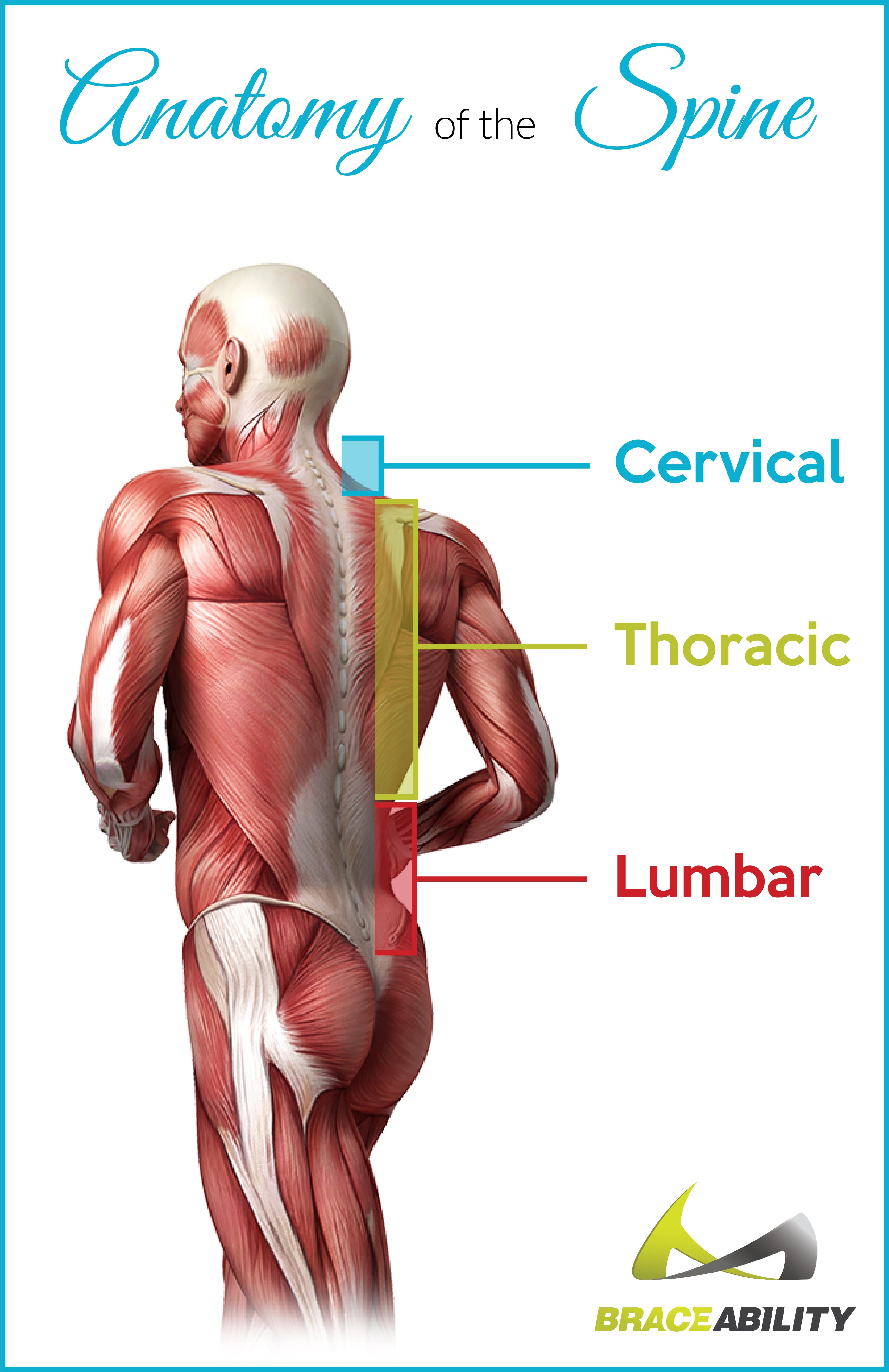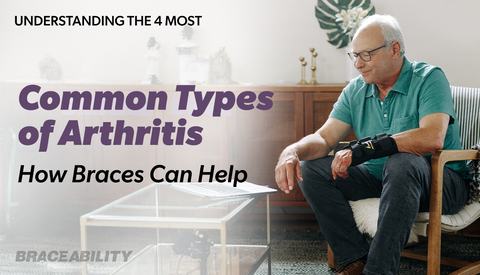Degenerative Disc Disease
What is Degenerative Disc Disease?

Degenerative disc disease (DDD) refers to the changes that happen during the body’s natural aging process. Even though it includes the word disease, it is not actually a disease. Your spine is made up of 26 vertebrates that have gel-filled discs between them that prevent the vertebrates from rubbing together. A spinal disc has a tough outer wall that protects the disc; the middle part of the disc, called the nucleus, has a high water content that stores oxygen and nutrients. In order for your spine to function properly, these discs must be well hydrated.
Degenerative disc disease is the weakening of one or more of the discs between the vertebrates. The condition causes the disc to lose water content and begin to flatten. When this happens, the discs in your back start to lose cushioning and do not absorb the shocks as well, particularly when you are walking, running, or jumping. This injury usually occurs in the neck or the lower back.
What are the Causes of Degenerative Disc Disease? Who Does It Affect?
Degenerative disc disease is commonly the result of gradual, overuse, or degeneration of your spine caused by aging, or serious injury. General wear and tear, poor posture, and wrong body movements can also cause the disc to weaken and cause degeneration. Additionally, conditions such as arthritis and osteoporosis contribute to degenerative disc disease.
There are many factors to consider that may increase your chance of a degenerative disc, listed below are a few:
-
Age: Degenerative disc disease usually affects people over the age of 60, but it can also be commonly seen in people between the ages of 30-50.
-
Weight: Excess weight puts pressure on the discs in your back, making them have to work harder in order to keep your spine in line.
-
Smoking: If you smoke, it can cause your disc to degenerate faster than they normally would because it reduces the oxygen supply to the spine.
-
Previous Spine or Disc Injuries: If you have previously had other spine or disc issues, you may be more prone to a degenerative disc.
-
Genetics: You may have a higher chance of developing degenerative disc disease if someone in your family has developed it before.
Degenerative Disc Disease Symptoms
With this disc condition, you may not experience any physical symptoms at all or until later on during the injury. Some symptoms you may be experiencing if you have degenerative disc disease may be:
-
Pain in the legs or arms
-
Muscle spasms
-
Numbness or tingling
-
Stiffness or weakness in your muscles
-
Difficulty walking or sitting comfortably
Degenerative Disc Disease Treatment
This condition requires a medical diagnosis so consult your doctor for medical advice. Treatment options will depend on how severe your condition is and what your doctor recommends.
Non-surgical treatment options for degenerative discs:
-
Physical therapy treatments: Massage, hydrotherapy, chiropractic care, transcutaneous electrical nerve stimulations (TENS), and traction therapy can all help to relieve pressure on the nerves in your spine.
-
Low-impact exercises and stretches: Helps to strengthen the muscles and stabilize your spine.
-
Pain relievers: Anti-inflammatory medications help to reduce pain and inflammation in the injured area.
-
Proper posture: Good posture helps to reduce the pressure that is put on your spine or back. Try this adjustable posture corrector to improve your posture.
-
Brace supports: Wearing a degenerative disc back brace will help to relieve pressure on your back and prevent wrongful moves that could injure you further.
-
Weight loss: Losing weight can reduce low back pain in overweight people by taking pressure off the lower back.
-
Heat or ice therapy: This lower back pain wrap that makes it easier to apply cold or heat therapy and compression.
If any of these treatment methods are ineffective, a doctor may prescribe other things such as muscle relaxers or a cortisone injection. In rare cases, surgery may be suggested if the other treatments fail to improve your symptoms.
Degenerative disc disease surgeries:
-
Discectomy: Removal of all or part of the disc that presses on a nerve.
-
Laminectomy: Removal of the back part of the vertebra to relieve pressure on the spine or nerve.
-
Laminotomy: Removal of the bone arch known as the lamina of the vertebra.
-
Spinal fusion: Using hardware and bone grafting to fuse two or more vertebrae together.
-
Artificial disc surgery: Replacing a herniated disc with an artificial one.
Different Types of Degenerative Disc Diseases
 There are three different regions of your spine: lumbar, thoracic, and cervical. All of three areas can develop degenerative disc disease. See the picture to the right to determine which area your pain is.
There are three different regions of your spine: lumbar, thoracic, and cervical. All of three areas can develop degenerative disc disease. See the picture to the right to determine which area your pain is.
Lumbar Degenerative Disc Disease
Degenerative lumbar disc disease refers to disc pain or discomfort in the lower back region. The low back pain is caused by inflammation or instability. Pain that is located in your lower back can radiate to the hips and legs, causing extreme discomfort. Lumbar disc degenerations can also contribute to the development of lumbar stenosis, lumbar osteoarthritis, as well as other lower back conditions.
Degenerative Disc Disease in Neck or Cervical Area
This is a common cause of neck pain and can be felt as a stiff neck. It is less common than disc generation in the lumbar area. In addition to a stiff neck, you may feel numbness or weakness in the arms and shoulders as well. This is because the nerves in the cervical area are becoming irritated or pinched. Cervical disc degeneration can also lead to spinal stenosis, or more specifically cervical stenosis.
Thoracic Degenerative Disc Disease
Thoracic disc pain is the pain you are experiencing below your neck and down to your ribs. As the discs become damaged, it can limit the mobility of the spine. Injuries to this area of the back and cause numbness, tingling, and weakness in the legs. A thoracic brace like this one can help to shift the pressure away from the lumbar discs.
Other commonly asked questions about degenerative disc disease:
Can degenerative disc disease be cured?
-This disease cannot be cured, but treatment options can help the pain be decreased and managed.
Is degenerative disc disease hereditary?
-Yes, it can be. If a family member has a history of disc-related back pain, there is a greater risk that you will have the injury as well.
What are exercises to help with degenerative disc disease?
-There are many different exercises and stretches out there for the back neck area. A medical professional can recommend stretches and exercises that are customized to your specific condition. Participating in yoga can also be another great option for someone with degenerative disc disease.
What is the difference between herniated, degenerative, bulging, slipped, ruptured, torn discs, and spondylosis?
-They are all essentially the same problem, but different stages of the problem. Spondylosis is a broad term that describes age-related degeneration of the spine and spinal discs. It is more commonly used to describe osteoarthritis of the spine, but can also be used to describe spinal degeneration as well.










